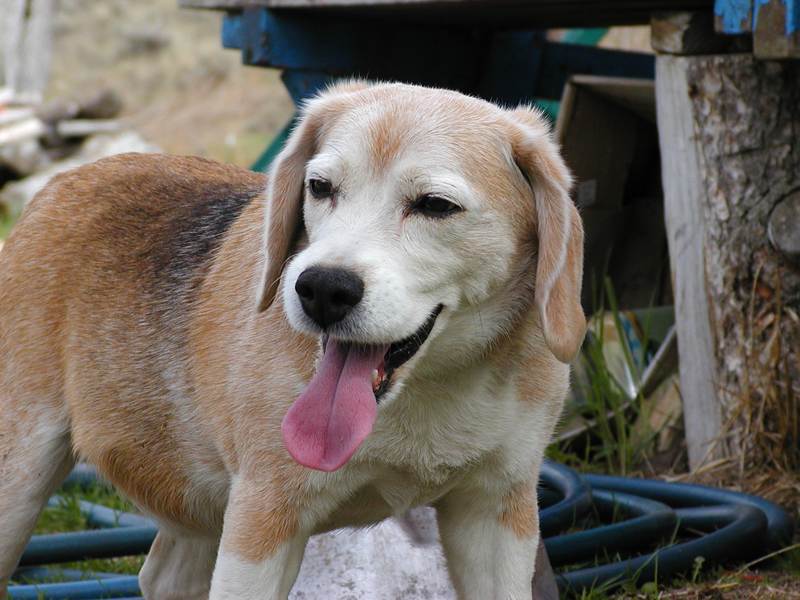An African lion named Tomo recently got a CAT scan, reported a LiveScience article.
The big cat is one of the stars at the Columbus Zoo and Aquarium in central Ohio. Transferred from the San Diego Zoo in 2006 as part of the African Lion Species Survival Plan, he’s fathered three big litters of cubs.
“This lion’s name is Tomo, and he got a tomo-graphy,” said Dr. Randy Junge, the vice president of animal health at the zoo where Tomo lives.
According to him, the 14-year-old lion recently had one of his teeth removed. But the gum area didn’t heal properly, so the veterinarians worried that a bad tooth was the least of Tomo’s problems.
They decided to put Tomo under so they could put him through the CAT scanner and see how far the infection went.
Computerized axial tomography (CAT) scans take multiple X-ray images from different angles in order to render “slices” or “cuts” of the body’s internal structures. Also called CT scans, they reveal soft tissue and other parts that a normal X-ray cannot show. (Related: Lion EATS poacher.)
The challenges of putting a big cat on a CAT scan table
Performing a CAT scan on a big cat is no easy feat. For one thing, CAT scan tables are designed to be used by humans, not lions. For another, they have a maximum weight limit of 500 pounds (230 kilograms).
“Many of my zoo patients are going to go over that,” Dr. Junge said of the last requirement.
Indeed, the CAT scan table was just able to fit 450 pounds (204 kilograms) of tranquilized Tomo.
“The machine groaned and grumbled a bit, but we were able to get the image done,” Dr. Junge was relieved to report.
Then there was the problem of putting Tomo in the right position for the CAT scan.
“For a human, they would say, lay this way, put your arms and legs here, hold still, hold your breath,” Dr. Junge said, adding that they couldn’t do that with a large animal, much more one that was under anesthesia.
According to him, the veterinarians needed a lot of shifting, pushing, and arranging before Tomo was in the right position for the process.
“But in the end, our images came out perfectly,” Dr. Junge concluded.
The CAT scan showed the fungal infection was not spreading beyond the affected gum. Columbus Zoo veterinary staff believed a two-month course of anti-fungal medications would resolve the problem.
Only a few zoos in the U.S. have CAT scan technology
The Columbus Zoo and Aquarium is one of just half a dozen zoos in the U.S. that enjoys onsite CAT capabilities. Its scanner is a refurbished GE model, purchased using funds from a wealthy donor.
In the past, the zoo needed to bring sick animals over to animal hospitals in Worthington, Ohio, which entailed a very complicated transportation process.
Officials decided to make provisions for the acquisition of a CAT scanner during the recent renovation of the zoo’s sprawling animal health center.
The Columbus Zoo reopened its animal health center in August 2017. Its new CAT scanner was acquired and installed a month later.
“This machine will play an absolutely critical role in identifying potential or unseen health concerns within the animals in our care,” said Dr. Junge.
With a CAT scanner, zoo veterinarians can observe the internals of any animal that has a shell, spine, plate, or similar hard exterior. They will also be able to examine nasal sinuses, chest cavities, and other body parts that are covered by a tough structure.
Find out more animal-related news at PetHealth.news.
Sources include:
LiveScience.com
ColumbusZoo.org



















